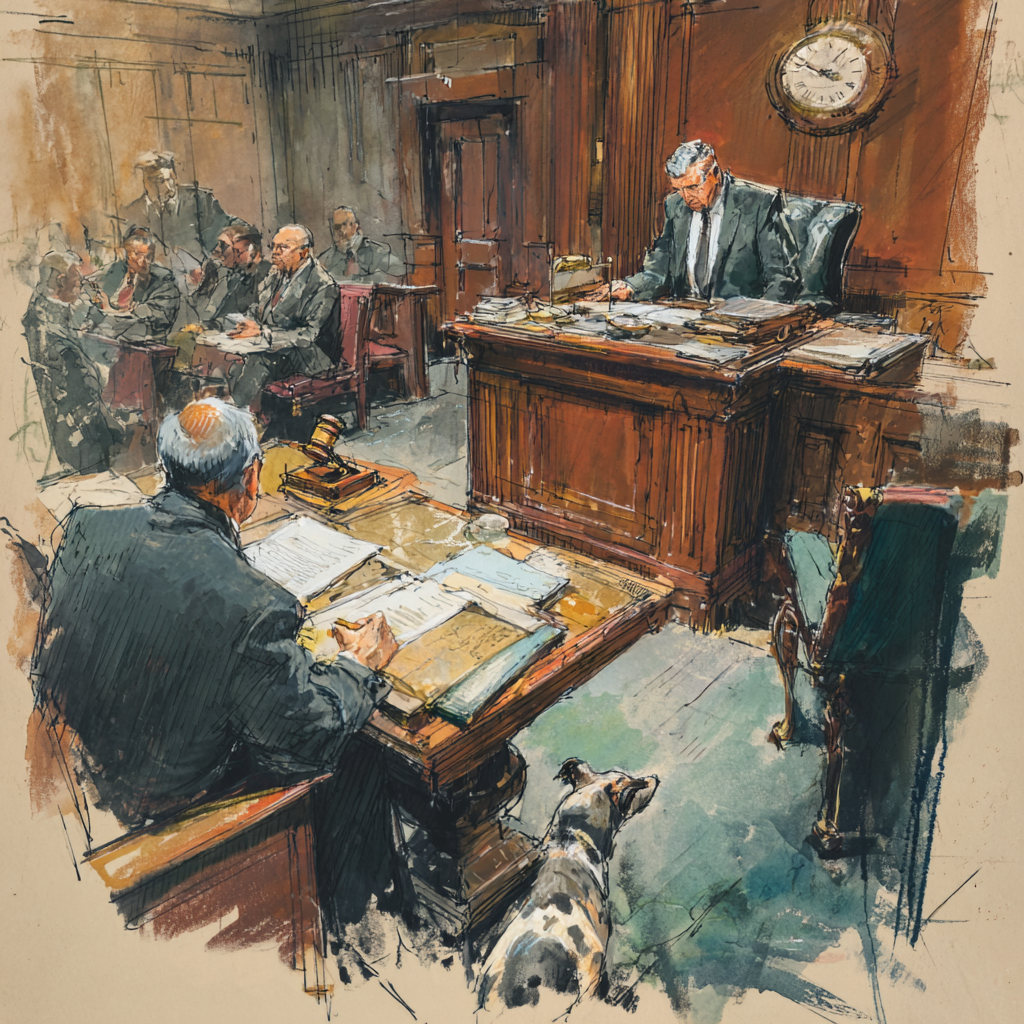It is nice to see the death of a case, which was improperly decided in the first instance. In many ways, it is a vindication to those of us who believed Pine Hollow created a scenario that left the business record rule, naked and without potency. Caruthers pretty much fixes up the mess Pine Hollow created.
But, the better question is whether one really needs to satisfy CPLR 4518(a) to make a prima facie case?










2 Responses
If you read the Pine Hollow record, you will see that Carothers is not the same set of facts. Pine Hollow is not dead.
I am quite familiar with the Pine Hollow record. If you read it, you will note that it was really a saga through Mark Levitan of Nisa Management, Dr. Scott Jones of Pine Hollow and the business record rule. I believe a claim representative and a mailing witness from Plaintiff’s office were part of the story.
I will digress and say what I always have: I am not a fan of the “Dan Medical” approach to no-fault matters. Yes, I am an ardent defense attorney, but I am also a realist and a pragmatist. Doctrinally, Dan Medical is without merit. There is no independent significance to the facts contained in a claim form. A claim form is either timely paid, delayed or denied. If none of the aforementioned are done, then there is a substantive default and liability is established. All non traversable allegations are admitted as a matter of law. This includes the value of the allegedly rendered services.
That being said, I fervently believe that medical necessity, proper billing and causation should be part of the prima facie case. I always have believed this to be the case and always will believe it. I think it is something short of a travesty that a prima facie case really involves taking a piece of paper with some writing and transmitting it through the mail.
But in all honesty, if the New York model states that all sorts of presumptions including medical necessity, causation and fee coding are established because a claim form was submitted, then so be it. The courts should stop looking for procedural hoops that are intellectually dishonest. This is what is going on here with the Dan Medical. And, I do sympathize with the Dan Medical Court and the line of cases therein. The Appellate Term has seen thousands of transcripts and shoddy affidavits, which probably caused them to create Dan Medical.
Back to Pine Hollow – I believe the “routing slips” were transmitted to NISA from Pine Hollow. They were either picked up at Pine Hollow or mailed, I am not sure. NISA did not have personal knowledge of the day to day operations of Pine Hollow. The just took the routing slips and assigned CPT Codes to them. There was also some ambiguity in the record as to whether Dr. Levitan knew Dr. Scott Jones and his business practices. At some point during the proceeding, the trial court did not allow the assignment of benefits into evidence through Dr. Levitan because of the aforementioned business relationship. Yet, at the end of the day, a Plaintiff’s award was given.
Thus, it could be said that Pine Hollow is quite close to Carothers. The only discernible difference is that Nisa Managment received the routing slips via mail or personal pick up, whereas in Carothers, the bills were electronically transmitted to the management company. From the standpoint of the business record rule, I always believed Pine Hollow was incorrectly decided. Now there is confirmation of that fact.
But, the above issues should not even be reached because receipt of a claim form and it being overdue is a prima facie case. Sad? yes. Stupid? The jury is out on that. The law? Yep.